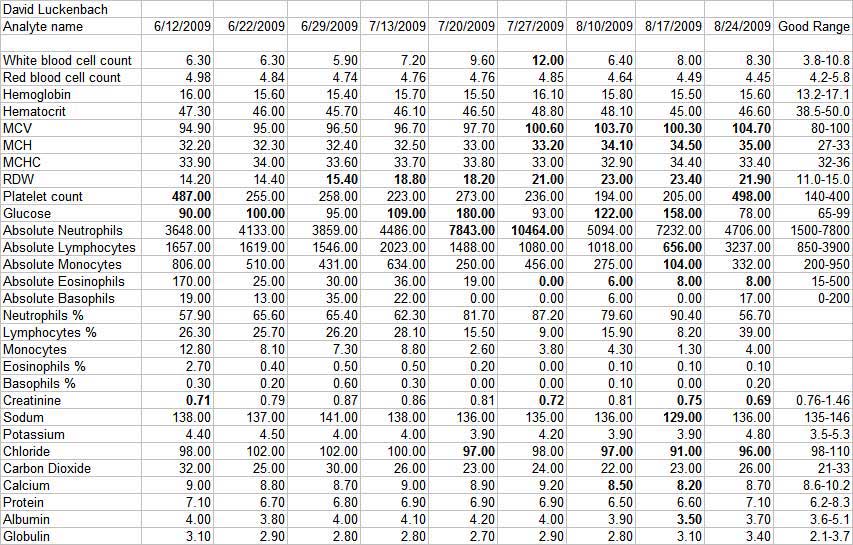

People with diabetes may also have trouble keeping their triglycerides within normal limits, as higher blood sugar levels make it more difficult for the body to absorb fat from the bloodstream. Causes of high triglyceridesįor most people, high triglycerides are due to eating too much food, especially food high in fat and high GI carbohydrates, drinking alcohol and being overweight or obese. But generally, the target is less than 2.0 mmol/L. What’s the target level for triglycerides?įor Australians who are being treated for high cholesterol, the target level of triglycerides in the blood should be less than 2.0 mmol/L.įor other Australians, the level of triglycerides that is considered acceptable is not looked at in isolation, but based on a person’s overall risk of cardiovascular disease, which takes into account other factors. Many people have their blood test in the morning after fasting overnight. Also, some doctors advise that you don’t have any alcohol for 24 hours before testing. When you are being tested for triglyceride levels you are usually asked to have no food or drinks (other than water) for about 10 to 12 hours before the test. The level of triglyceride in your blood test is also influenced by the recent intake of fat in your diet and consumption of alcohol. The levels of triglycerides are higher for a few hours after meals, which is why triglyceride tests are usually done as fasting blood tests. Triglycerides give an indication of the level of fat in your bloodstream. Having high cholesterol and/or high triglycerides does not cause any symptoms, so routine blood tests are the best way to monitor your triglycerides. When you have a blood cholesterol test, your triglyceride levels are usually measured as well. In Australia, doctors recommend you start having regular cholesterol tests at age 45. Very high levels of triglycerides (above 10 mmol/L) are associated with a risk of an attack of acute pancreatitis – sudden onset of inflammation of the pancreas that is very painful and sometimes fatal. Unfortunately, high triglyceride measurements often go hand in hand with low levels of HDL-cholesterol – the so-called ‘good’ cholesterol, and this increases a person's risk of cardiovascular disease. Triglycerides are associated with atherosclerosis – the build-up of fatty material (plaque) in the lining of your arteries, which can lead to coronary heart disease (which causes angina and heart attack) and stroke. High levels of triglycerides (known to doctors as hypertriglyceridaemia) are associated with an increased risk of heart disease, stroke, diabetes, fatty liver disease and metabolic syndrome (a condition that increases your risk of cardiovascular disease and is associated with high blood pressure and abnormal fasting blood sugar levels). The level of triglycerides in your body is a good indicator of health. They are released later when energy is required between meals, to allow you to undertake your daily activities.

When you eat, any excess calories not needed for energy are stored as triglycerides in your body’s fat cells. Triglycerides are produced by the digestion of fats from your food. Like cholesterol, triglycerides are a type of lipid (fat-like substance) needed by the body to work properly. They come from our diet, from meat, oils and dairy, and some are made by the liver. Triglycerides are the main form of fat stored in the body.


 0 kommentar(er)
0 kommentar(er)
